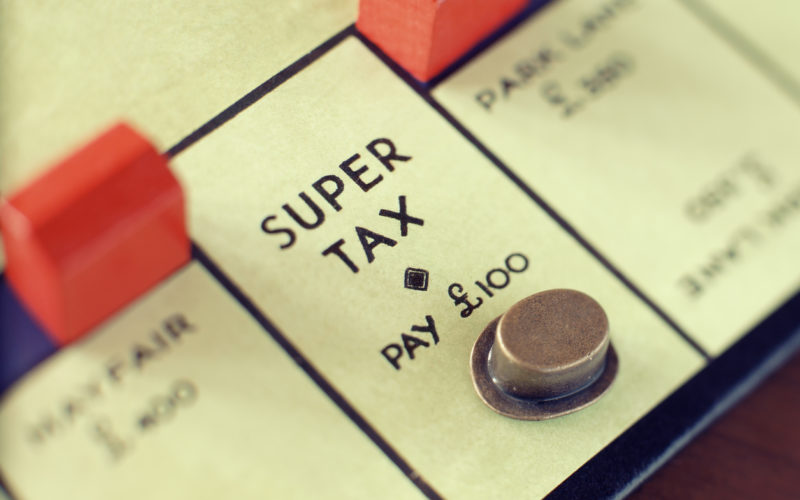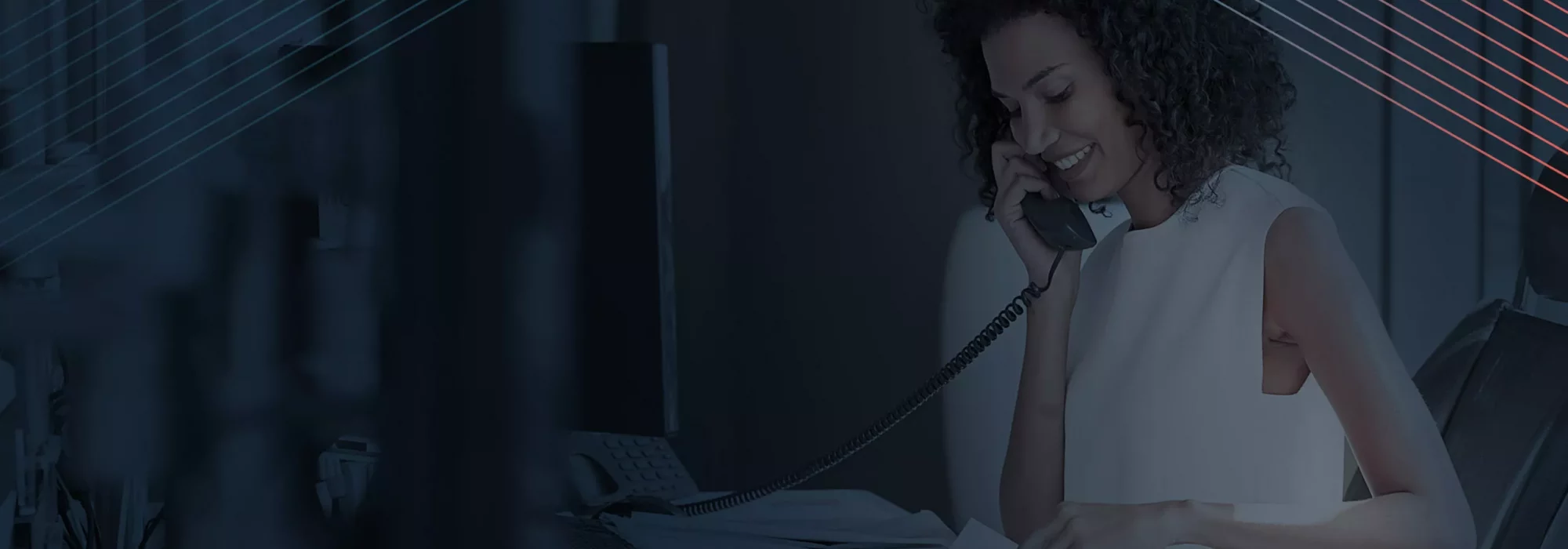The uses and benefits of gamification in tax

British game designer Nick Pelling firstly coined the term “Gamification” in 2002, but the concept has existed for much longer than we may have realised. Gamification is the act of applying game elements into non-game environments to drive user engagement and promote certain behaviours.
Different industries worldwide currently apply gamification to increase participation from customers and internal employees. A few of the most notable examples of business gamification includes the Nike+ app (Health and Wellbeing) and My Starbucks Rewards, or McDonald’s Monopoly game loyalty programs (Marketing).
The benefits of gamification stretch far beyond increasing participation in private industries. Recently, we’ve seen governments adopt gamification to improve tax compliance and collect more tax revenue. Governments are experimenting with gamification rewards programs in the form of receipt-based tax lotteries, designed to increase the issuance of receipts in B2C transactions.
But how do the programs work?
How the Taiwanese government uses a tax gamification rewards program
Gamification rewards programs are nothing new, and governments worldwide have experimented with various version of tax gamification for decades. For instance, the Taiwanese government has had a successful track record since introducing its receipt lottery in the 1950s.
Under the Taiwanese gamification rewards program, all receipts issued in Taiwan come with a unique receipt number, which automatically registers in the lottery. Every odd-numbered month, citizens can check if their receipt number matches the winning prize for a chance to win anything between $7 and $62,000 (NT$).
During the first year of implementation, the Taiwanese Finance Ministry collected 75% more tax revenue compared to the previous year. Taiwan’s lottery scheme has indisputably boosted the economy by attracting more sales from citizens demanding payment with official receipts. As a consequence, the Taiwanese government can account for more transactions and reinvest in the country’s economic development.
European countries have also shown increasing interest in receipt-based tax lotteries. Malta developed a gamification rewards program for tax in 1997, Slovakia in 2013, and Portugal in 2014. Given the success of the initiatives around the world, it’s likely more will follow.
There are concerns that the reward systems in tax compliance might erode consumers’ sense of duty. However, research has revealed that people respond better to incentives than threats. In other words, governments that reward their taxpayers may have a higher chance of improving compliance and collecting more revenue.
Other examples of tax gamification
One example is China’s Tax Credit Management Measures. Launched in 2014, the initiative aimed to improve tax compliance from the taxpayer’s perspective. Under the scheme, local tax authorities evaluate taxpayers’ credit ratings based on their credit history, internal tax information, external information and other relevant criteria.
Taxpayers are annually assessed and assigned one of five credit ratings: A, B, C, M, or D. Starting at the top, A graded taxpayers become social benchmarks, meaning they are entitled to additional tax benefits, such as:
● Collecting three months’ invoices in advance
● Dedicated personnel to handle their tax matters
In contrast, taxpayers with a D rating will become the tax authority’s “key monitoring object”. This means the tax authority will publish the company’s name and legal representative, suggesting restrictions or prohibitions. Taxpayers rated D can expect restrictions on their activities, with limitations on activities including:
● Project bidding
● Obtaining government-supplied land
● Forming new companies
● Acquiring government contracts.
Taxpayers with a D rating also cannot upgrade to a higher credit rating in the next two years.
Harnessing benefits of tax gamification to boost compliance
Gamification produces undeniable results when used in the right settings with the correct elements. It has become a highly effective method for business and brands to influence consumers and customers and drive participation.
Although, there are concerns about the negative effects reward programs may have on taxpayers’ sense of duty, there is enough evidence to prove that encouragement works better than force. Activities that are fun and reward citizens and customers for desired behaviours can create a virtuous cycle that benefits everyone.
Achieve Total Invoice Digitalisation with Finance Automation
Tax authorities also use “reward programs” to drive uptake of electronic invoicing; even if the government has made e-invoicing mandatory. Saudi Arabia has recently proposed to provide subsidies for the purchase of software for e-invoicing. A faster payment initiative was also launched in Australia to increase the use of B2G e-invoices in 2020 and Greece offered faster tax returns and fewer audits for early adopters of voluntary e-invoicing.
There has been a sea change since Covid-19. The norm of home-office and financial burdens caused by Covid has accelerated government’s dedication to digitalization and e-invoicing. At Tungsten, we help businesses worldwide leverage the latest invoicing technology to drive engagement, remain compliant, and collect more revenue.
Get in touch with us today to begin your journey to world-class performance.



